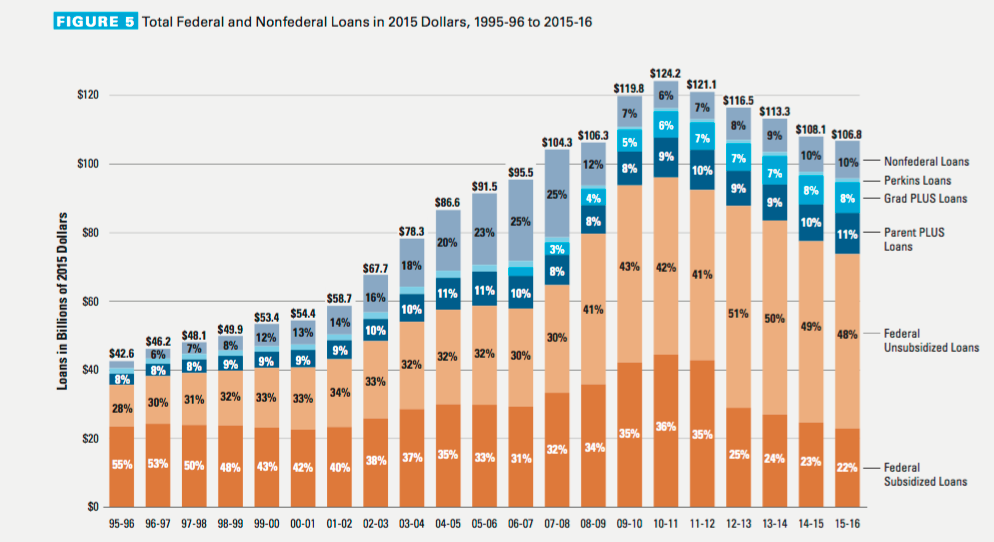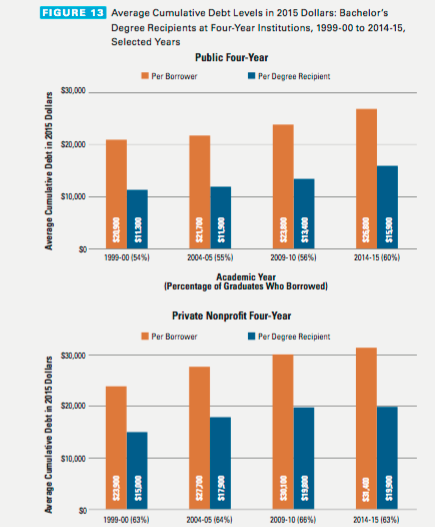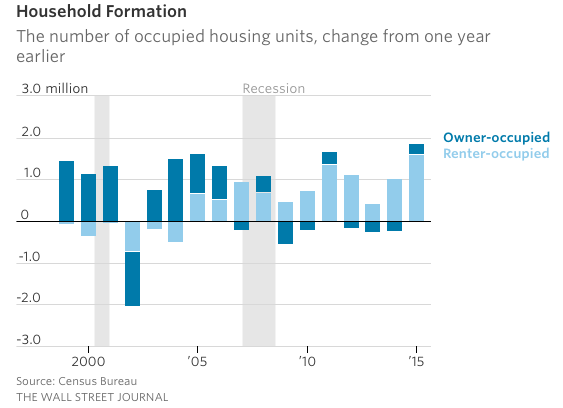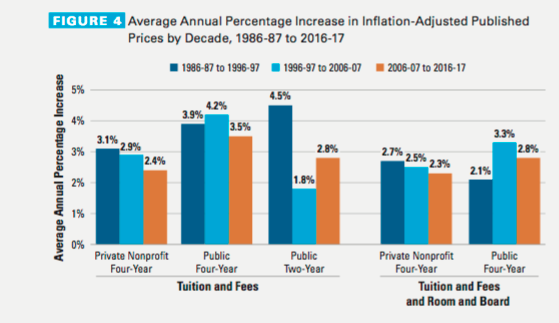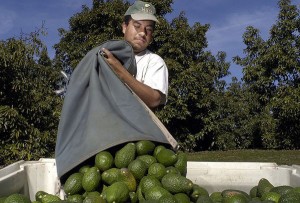Since 1960, our trade relationship with Cuba has been severely limited. The effort to isolate Cuba by preventing trade and travel has backfired and has not lead to the implementation of Democracy or improved human rights violations. The Cold War mentality that Cuba must be forced to change its communist ways has been unsuccessful. Therefore, if the embargo is not helping anyone, the U.S. should fully lift this trade blockade on a country that has more than paid the price.
In 2013, Cuba urged the U.S. to end the embargo during a U.N. General Assembly. According to Cuban Foreign Minister Bruno Rodriguez, the economic damages due to the embargo amounts to $1.126 trillion. This includes decreases in tourism, costs of exports into the U.S., and loss of exports from the U.S. Instead of punishing the corrupt regime which existed during the 1960’s, the people of Cuba as a whole suffered.
Since President Obama’s election in 2009, he has actively discussed the goal to have better relations with Cuba. In 2009, the Council on Foreign Relations reports that the Obama Administration reversed limitations on travel and telecommunications. However, it has taken the administration not one but two terms to finally make moves towards lifting the embargo entirely, mostly due to conflicts within Congress.
In October 2016, the strict limits on Cuban cigars and rum were lifted. The previous $100 limit on alcohol and tobacco no longer stands, along with open collaboration to research and sell pharmaceutical products in the U.S. These are all great steps forward, but the U.S (aka congress) still remains hesitant to lift the embargo.
Another dramatic change this October was the U.S. abstaining from the U.N. vote to lift the Cuba embargo. After 50 years of strict sanctions, the U.S is slowly moving towards full engagement with Cuba. Hopefully, this could go into full effect by the end of 2016.
Although the embargo negatively affected Cuba the most, there is evidence of positive trade impacts we have missed out on if the reversing of the embargo occurs. According to a study by the George Washington University, “Economic and Strategic Impacts of U.S Sanctions in Cuba,” the estimated trade impacts in agricultural exports could be anywhere from $400 million to $1 billion annually. In medical exports, $20 million to $600 million annually. If all restrictions are lifted, we could earn $1.6 billion in aggregate exports and create up to 20,000 jobs. The U.S is number one in agriculture production, and yet we are no longer the main supplier of meat, dairy, and grains to Cuba. This means that not only have we isolated Cuba, we have isolated ourselves due to the embargo.
Overall, allowing more Cuban imports and open trade with Cuba could bring many benefits to our economy. We must proceed with caution, for the concerns regarding human right violation in Cuba is valid. However, we might as well not be the country that worsens their economic situation and fight to help them. If we feel the need to overly involve ourselves in every other country (the countries that don’t even want our help,) what is stopping us from moving forward with Cuba?

